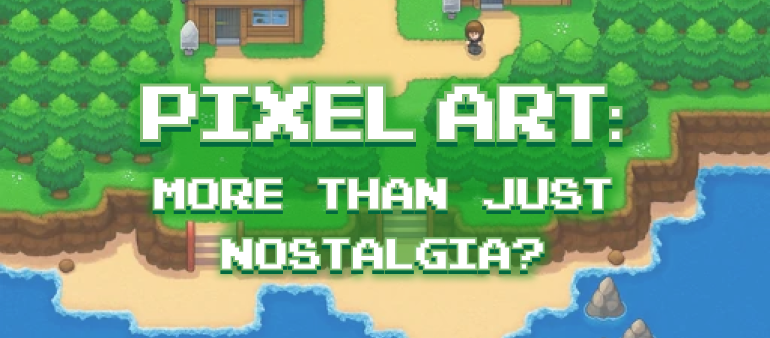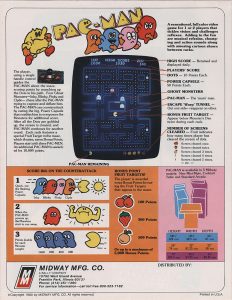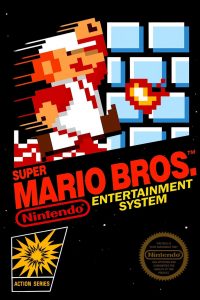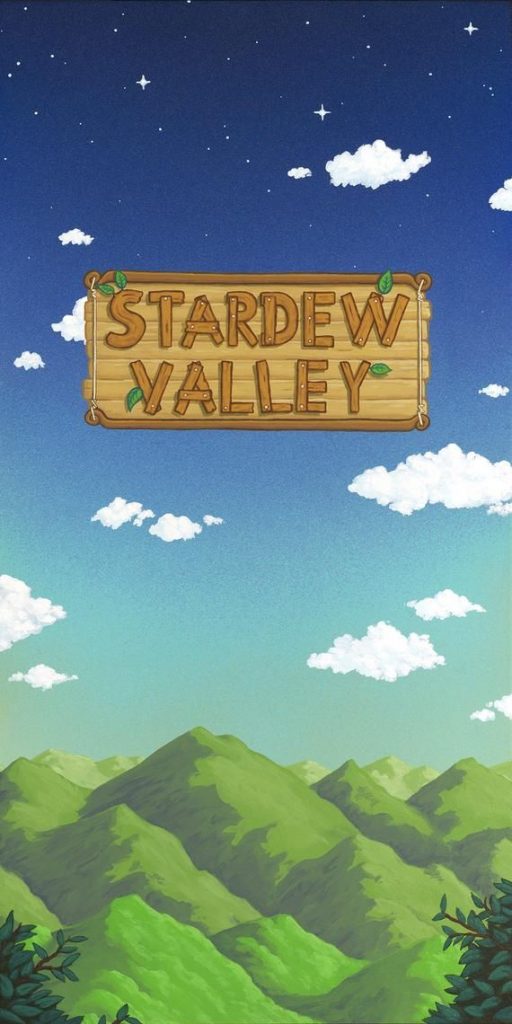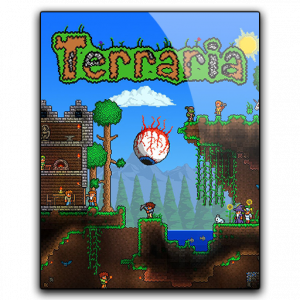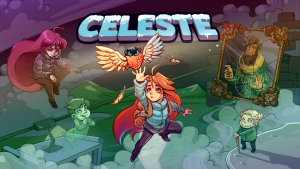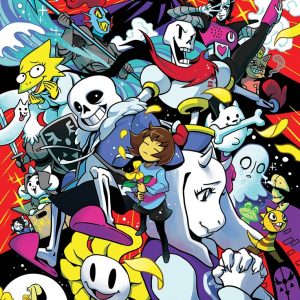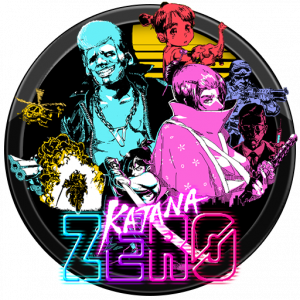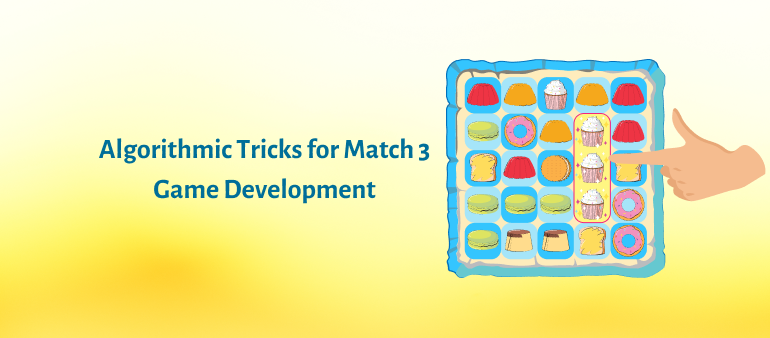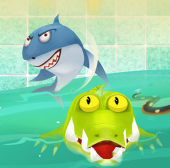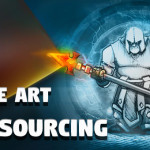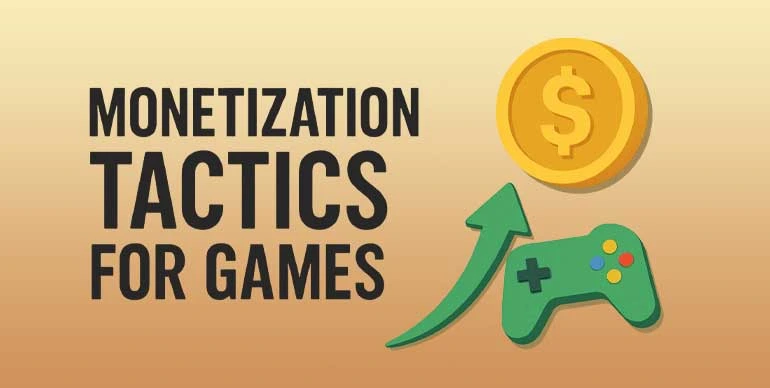Pixel art walked so modern design could run. Now it refuses to sit down.
It was supposed to stay buried somewhere between floppy disks and dial-up modems. It was a creative necessity. A limitation. A charming relic from a time when storage was measured in kilobytes and “loading screens” gave you time to make tea.
And yet, here we are. In a world of AI-generated hyperrealism, photorealistic ray tracing, and 4K-everything… pixel art is trending again. Not ironically. Not in a “ha-ha, remember this?” kind of way when game designers go out for lunch. But as a deliberate, modern design choice.
Still think it’s just nostalgia?
Indie pixel-art games pulled in over $400 million in 2024. Interest in pixel logo design has increased over the years, reflecting its growing popularity as a modern design trend.
Major brands are not just flirting with pixels, they’re in committed relationships.
This isn’t a retro revival. It’s a resistance. A reminder that design can be bold, weird, human and fun. Pixel art doesn’t beg for your attention. It earns it, one chunky pixel at a time.
This blog? It’s not just a love letter to the past. It’s a roadmap to what’s next - who’s doing pixel art right, why it works, and how to wield it like a design superpower.
What is Pixel Art?
Alright. Imagine you’re making a picture. But instead of paint, you’ve got tiny squares. Hundreds. Thousands. Each one holding a single colour. You slap them side by side like a digital mosaic. Boom, pixel art.
It’s basically Lego for your screen. But instead of building castles, you’re creating dragons, plumbers, and weird little indie worlds.
Each square is called a pixel (short for picture element). Think of it like a digital breadcrumb. Alone, it’s nothing. But stack enough of them in the right order? You get Mario jumping. Sonic running. A Tamagotchi being... moody.
Here’s the twist: pixel art wasn’t born as an aesthetic. It was a survival tactic. Back in the 70s and 80s, computers had less power than your fridge. Artists had to work with teeny-tiny colour palettes and next to no memory. So they made magic out of limitations.
They turned tech trash into pixel treasure. And what started as a necessity? It became a full-blown art form.
Today, it’s not just “retro.” It’s intentional. It’s fun. It’s ridiculously good-looking in its blocky, crunchy way.
If design had a punk rock cousin who refused to grow up, it’d be pixel art.
Looking to dive into the world of Pixel art for your next game idea? We can help!
From Consoles to Culture: A Brief History of Pixel Art
Let’s rewind to the days of Pong and Pac-Man, when graphics looked like they were coded on a microwave. These early games weren’t trying to be stylish, they were just trying to exist on limited tech. But in doing so, they stumbled into a new art form.
Then came the glory days. Super Mario Bros. The Legend of Zelda. Mega Man. These pixel-packed icons weren’t just characters, they were full-on childhoods in 8-bit form.
But progress marched on. By the mid-90s, 3D graphics were the new hotness. Out went the blocks, in came the polygons. Pixel art took a back seat, reduced to nostalgia merch and ironic T-shirts.
Until… it came back. Hard.
Why? Because it turns out simplicity is powerful. Nostalgia is profitable. And being “retro” is basically a personality type now. Ask game app developers and you will hear them nod a big yes!
Pixel Games That Prove This Isn’t Just Nostalgia
Pixel art isn’t a throwback, it’s a storytelling weapon that sells. These five games nailed emotion, engagement, and economics all in tiny squares.
1. Stardew Valley
One solo dev. One farming sim. Over 41 million copies sold by December 2024: 26 million on PC and 7.9 million on Switch, and still Steam’s top-rated game with 98% positive reviews from nearly 900,000 players. Cozy pixels, massive payoff.
2. Terraria
Terraria is a 2D pixel sandbox that’s now crossed 60 million copies sold, ranking among the best-selling indie games ever. Massive content, flexible design, and casual charm mean this pixel world still hits big.
3. Celeste
Crisp platforming, tough-as-nails moment-to-moment, and an emotional story about mental health is Celeste. Millions of sales, awards, and proof that pixel visuals can hit you in the gut.
4. Undertale
Strange, witty, and original. Undertale disrupted traditional RPG tropes and sold millions on Steam, estimates range from 5 to 10 million copies by August 2024 . Lo-fi graphics, high impact.
5. Katana ZERO
Samurai-meets-cyberpunk platformer. 500,000 copies sold within a year, with over 100,000 first-week sales on Switch, making it one of Devolver’s fastest indie launches. Sharp, stylish, and fast.
Tiny Art, Huge Market Reach
- Global indie market: Valued at $4.85 billion in 2025, projected to hit $9.55 billion by 2030.
- Pixel art releases = 35–50% of all indie titles.
- The number of new releases with the "Pixel Graphics" tag jumped from 1,412 in 2020 to 3,458 in 2024, with titles like Castle of Alchemists making 3,500+ weekly sales from pixel category rankings.
Pixel art isn’t just retro charm, it’s a proven money-maker, a development smart play, and a fan-favourite aesthetic. With award-winning titles and multi-million sales, this tiny-tile art form is powering a modern indie revolution.
Pixel Art Goes Highbrow: From Game Boy to Gallery
Pixel art used to be trapped in Game Boys and CRT monitors. Now? It’s in galleries, fashion ads, murals, magazine covers, and yes - tattoos.
It started with icons like eBoy - the German trio of Kai Vermehr, Steffen Sauerteig, and Svend Smital - who turned entire cities into blocky, fever-dream masterpieces. Their “Pixoramas” - Berlin, Tokyo, New York - landed on Adidas campaigns, MTV spots, and designer tees priced like rent.
But eBoy were just the pixel tip of the iceberg. In came the reinforcements:
- Invader is like Banksy’s nerdy cousin, covering global city walls with tiled 8-bit aliens and sculpting portraits out of Rubik’s cubes. Yes, cubes. Because squares weren’t square enough.
- Kelly Goeller takes pixel art into nature with outdoor water installations. Think: rivers pretending to be spreadsheets.
- Ben Fino-Radin hand-embroiders pixel pieces, cross-stitch meets Ctrl+Z.
- John O’Hearn built a machine that assembles coloured balls into giant pixel murals. Glue was too basic!
- NASC turns pop culture into minimalist digital grids. It’s like if the internet went full Minecraft.
- Jaebum Joo gives classical art the 8-bit remix. Picture the Mona Lisa glitching on a Game Boy. Iconic.
And don’t forget the underground pixel titans: Paul Robertson, Bugpixel, Rod Hunt, Army of Trolls - all making pixel the visual language of cool.
Pixel art went from screen filler to full-blown aesthetic. Now it’s wearable, hangable, inkable, and flat-out irresistible. (Are you too frantically searching for ‘How to make Pixel art?)
This isn’t nostalgia. It’s a creative renaissance.
Game designers at Logic Simplified are a part of this renaissance. Have a game idea in mind?
Closing Thoughts: The Future Is Square
Here’s the truth most people miss: pixel art never really died, it just waited for the rest of the world to catch up.
What started as a technical constraint has become a creative statement. What once filled CRT screens now fills branding decks, game engines, and TikTok feeds. Cool Pixel art is no longer a nostalgic comfort blanket - it’s a bold, brilliant visual language that’s deliberately lo-fi in a high-definition world.
And maybe, that’s the point.
In a digital era obsessed with realism, perfection, and polish, pixel art is rebellion. It strips things back. It asks harder creative questions: Can you say more with less? Can you be playful and precise? Can you earn attention without shouting?
Turns out, yes. And then some.
So whether you’re designing your next indie endless runner game or planning a quirky rebrand, remember, Pixel Art is timeless, modern, efficient, emotional, and strategic. And if you use it well? You don’t just ride the wave, you define it. Game designers at Logic Simplified, a leading game development company in India, are reviving pixel art with 100% human creativity and skill. From puzzle game development to card games; board games to RPGs, you name it and we will create it - one perfect pixel at a time. Write to us at enquiry@logicsimplified.com and know more.
 Get a Quote
Get a Quote

